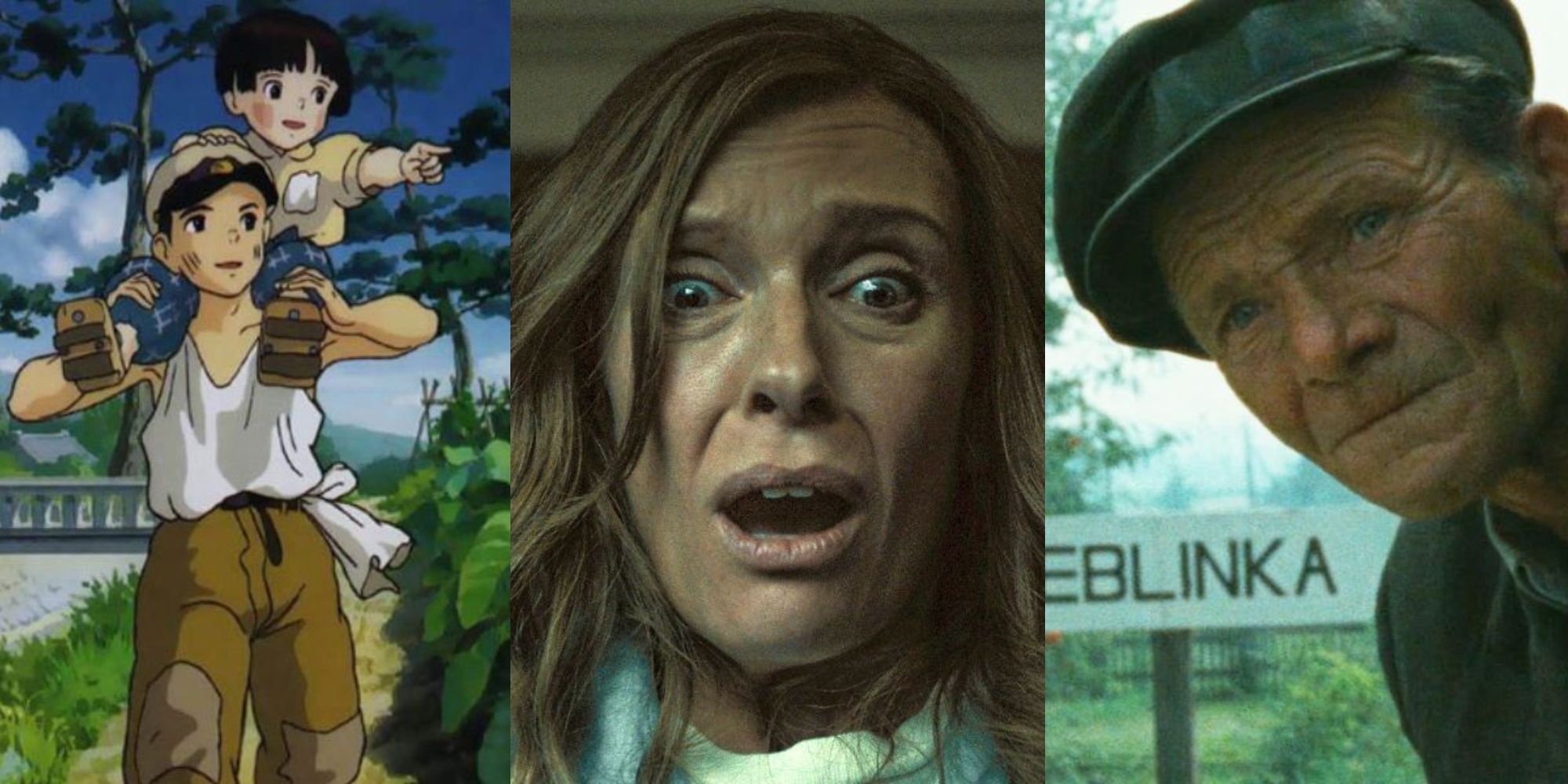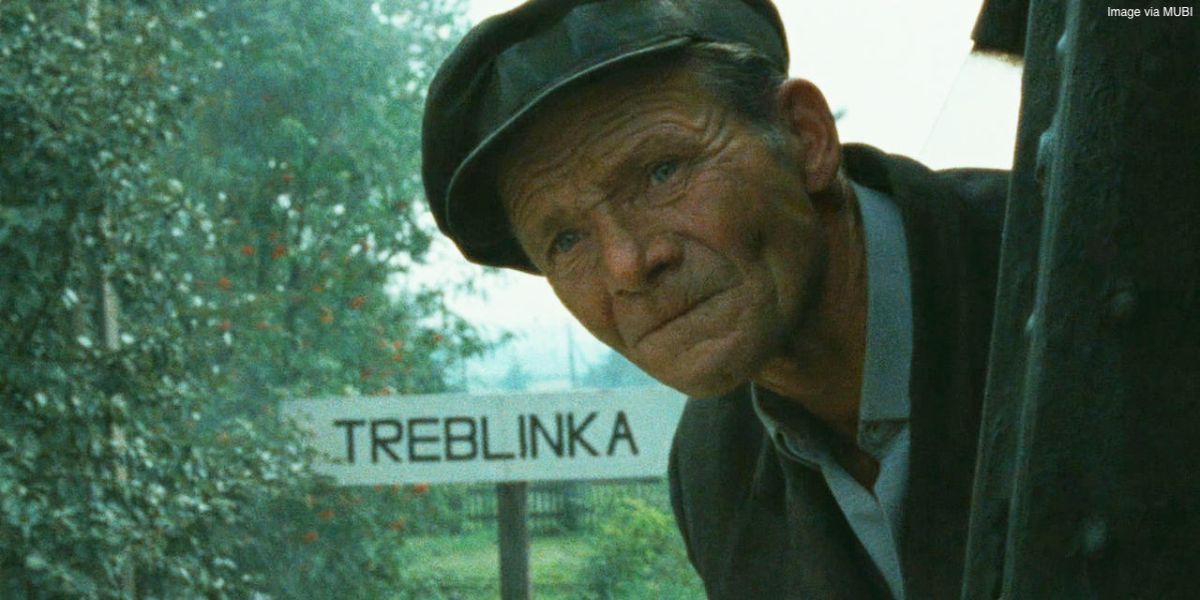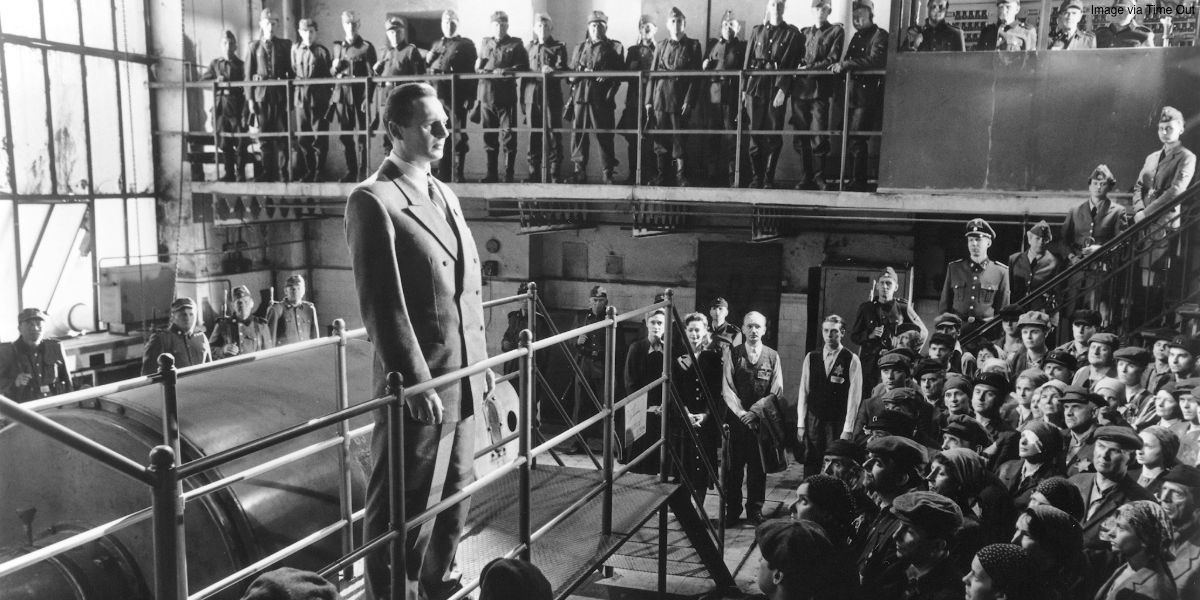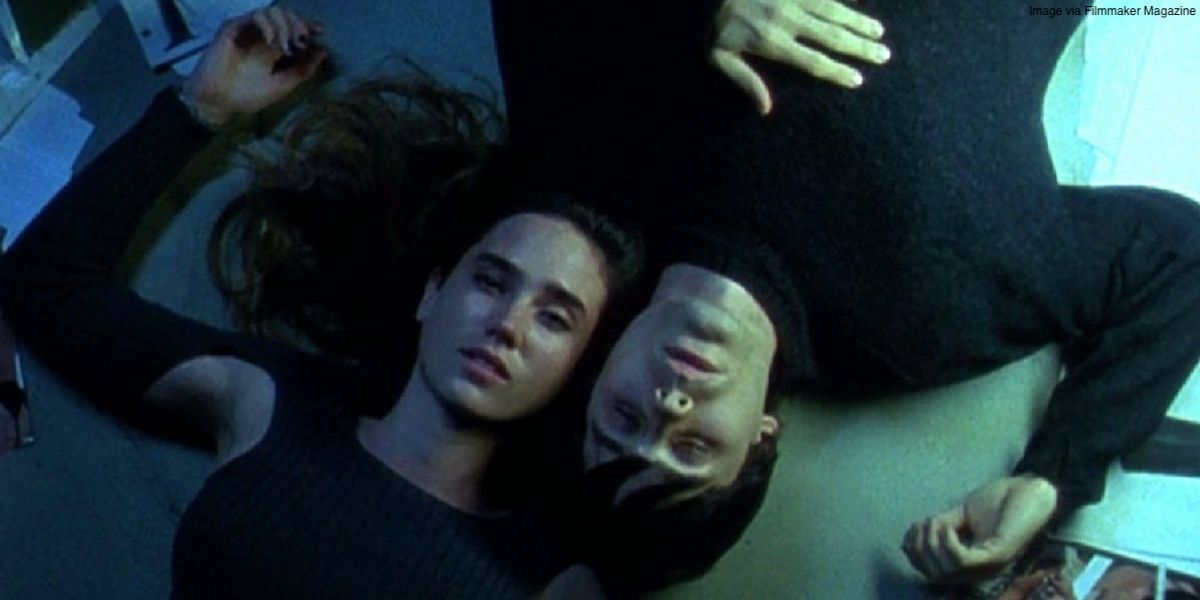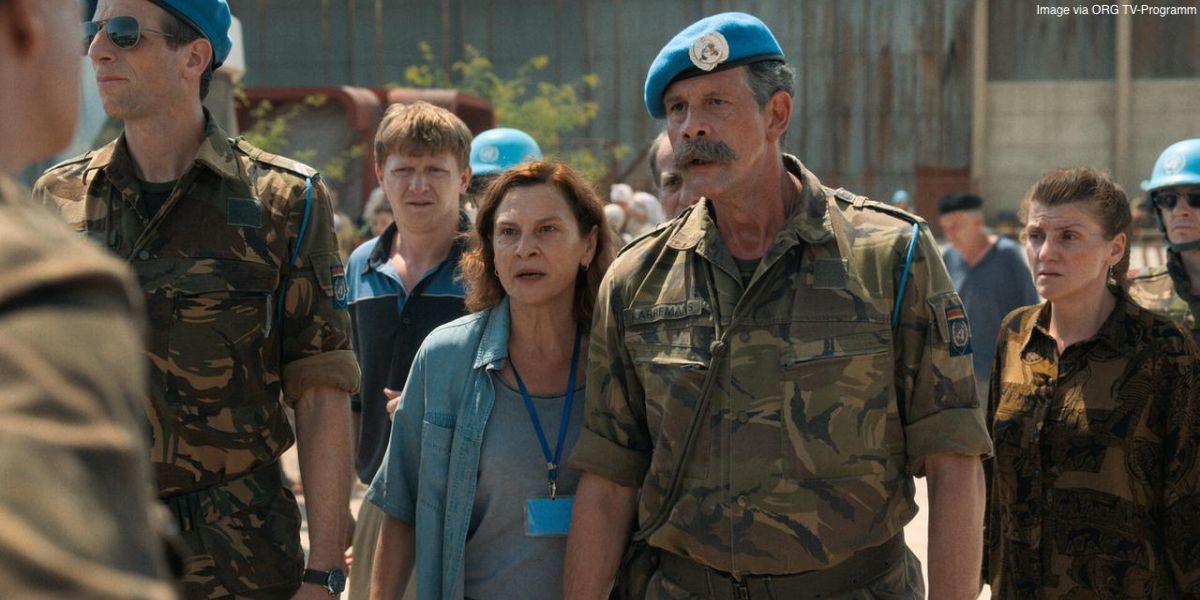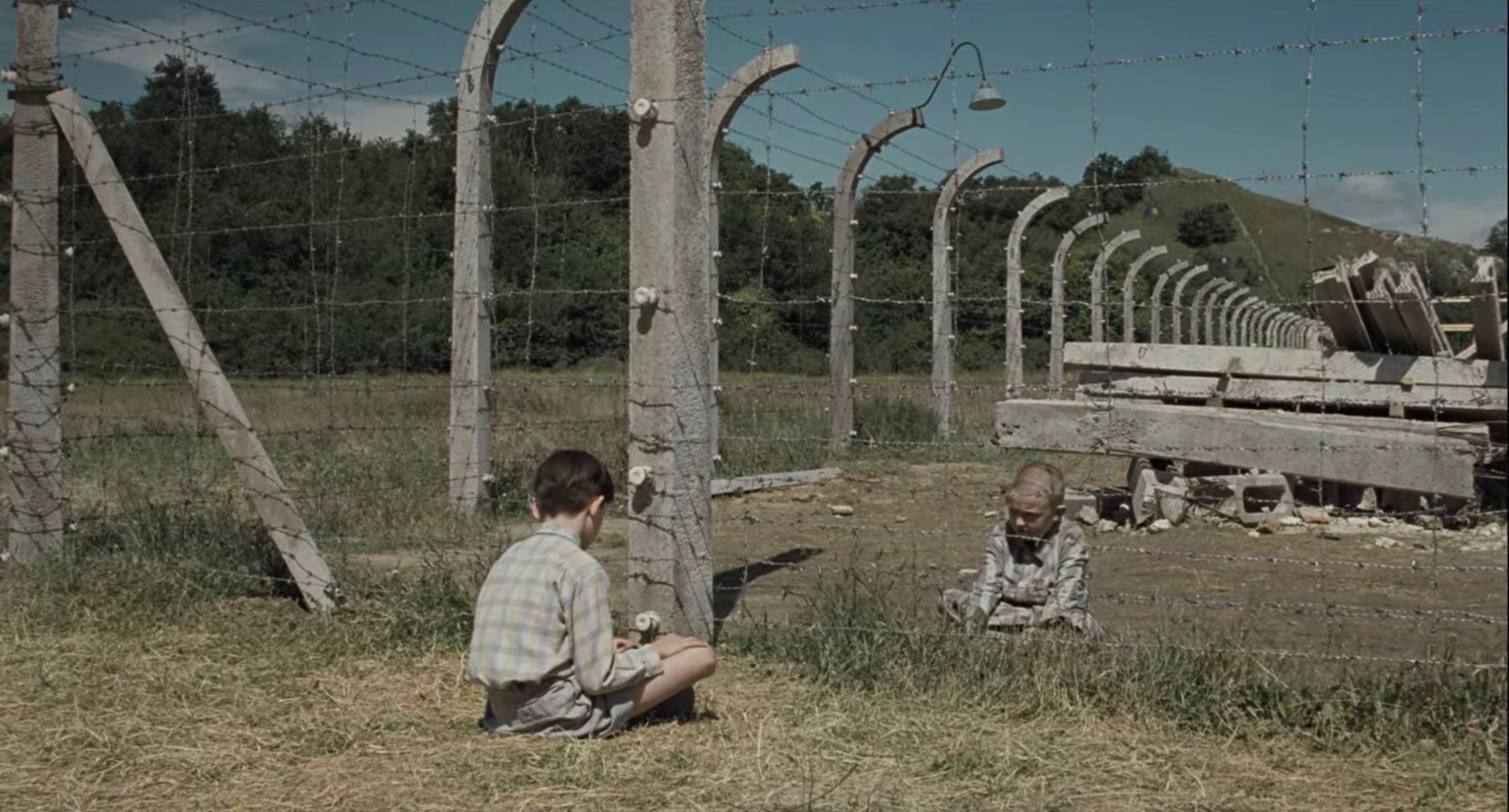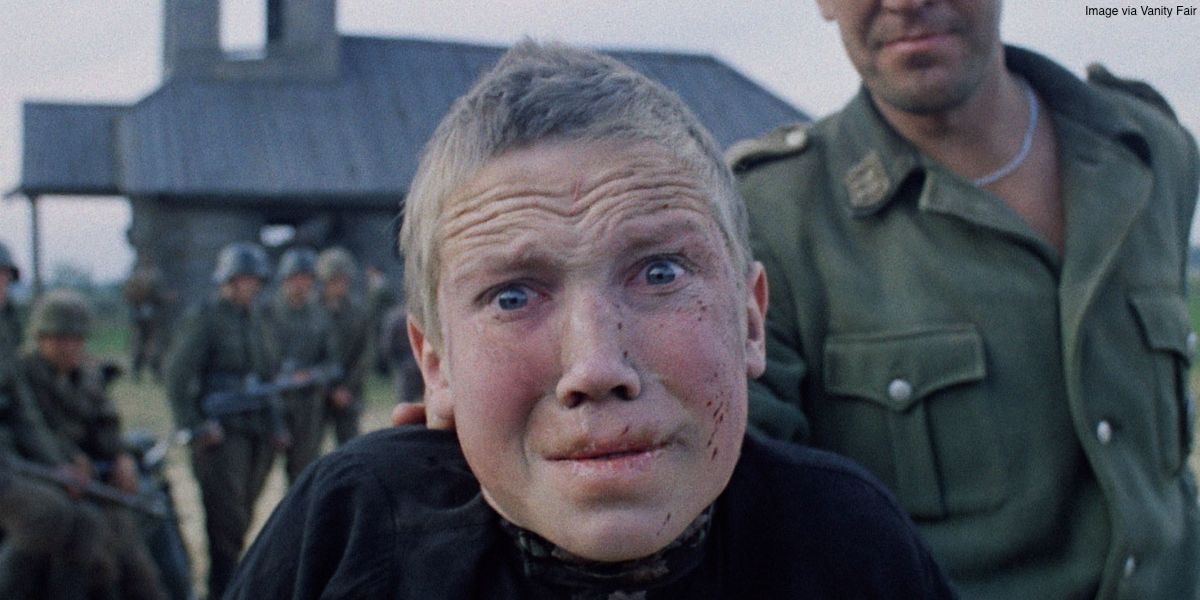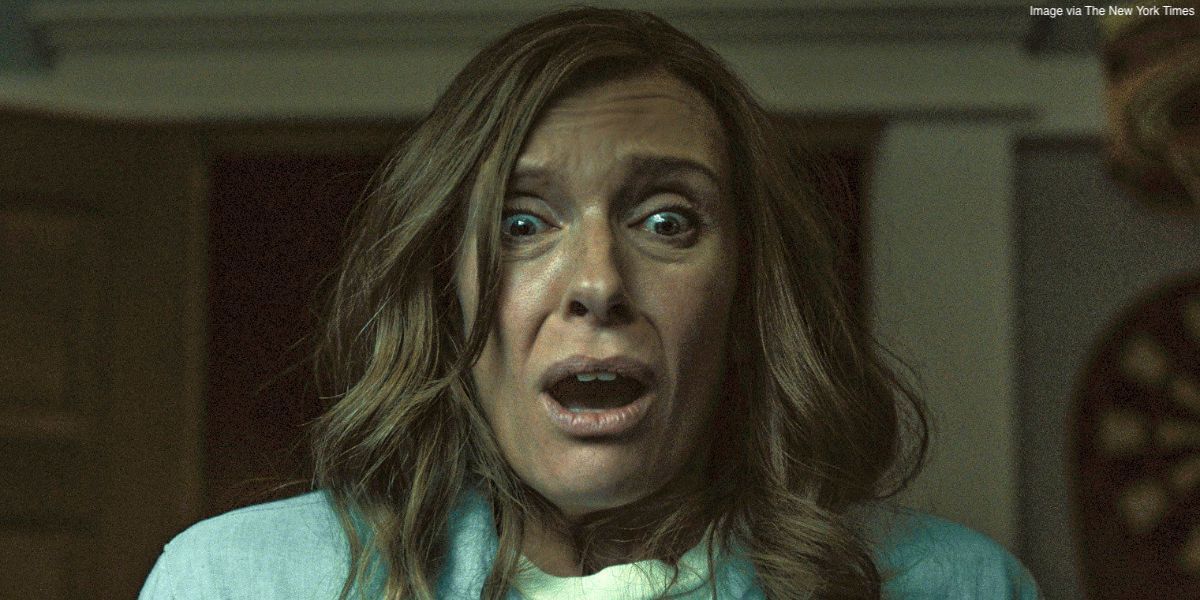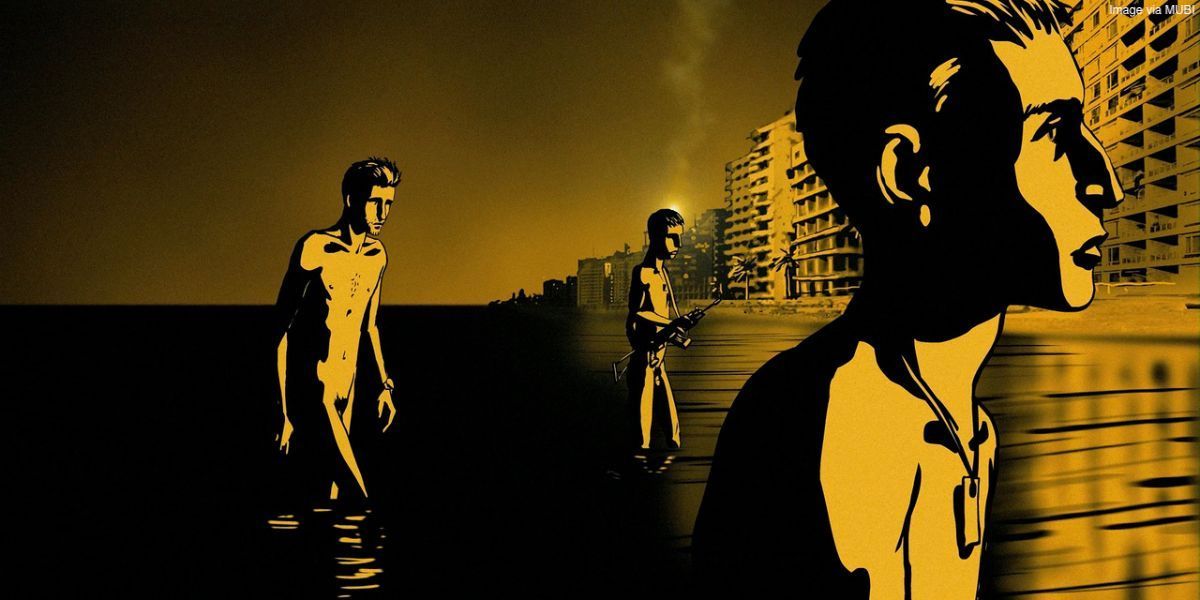Though films are commonly seen as a medium of entertainment, many would agree that it is beyond that. Throughout history, individuals have made films for different reasons; to entertain, to broadcast an opinion or perspective, or to simply tell a story. One common thread among films, however, is that films are meant to evoke the audience's emotions.
Though some films are extremely upsetting to watch, they are, perhaps for self-education or appreciation of the filmmaker’s artistry, deserving of our time and attention.
‘Shoah’ (1985)
Shoah is a French documentary film about The Holocaust (known as “Shoah” in Hebrew). The film consists of interviews with survivors, witnesses, and perpetrators in the Holocaust sites across Poland. Disturbing encounters and experiences were told from every perspective, and the revelations of these encounters will send chills down your spine.
It took over 350 hours of raw footage and eleven years for director Claude Lanzmann to make the completion of the documentary due to financial problems and the time it took to track down the interviewees. Lanzamann also experienced death threats in the process of making the documentary. In 2014, the British Film Institute (BFI) and Sight and Sound conducted polls where critics voted Shoah the second-best documentary of all time.
‘Schindler’s List’ (1993)
Schindler's List tells a harrowing but heroic and true story during the Holocaust in World War II. After witnessing the atrocities of the Holocaust and the cruelty of SS officer Amon Göth (Ralph Fiennes) randomly killing Jews from his balcony, business owner Oskar Schindler (Liam Neeson) is profoundly affected by his acts of brutality. He decides to take the risk of secretly employing 850 Jews as his factory workers, so they wouldn’t get killed in the concentration camps that had been built by Göth.
Schindler’s List gives a snippet of the act of wickedness the Jewish population experienced. Not only does it do justice to its history, but it also gives the audience hope - hope that amidst all the evil in this world, kindness still perseveres.
‘Requiem for a Dream’ (2000)
Talk about a mentally draining film: Requiem for a Dream. The film gives an honest depiction of addiction and the extremities a person will go through to be loved and accepted by others. As widow Sara Goldfarb (Ellen Burstyn) develops a false belief that she will appear on national television, she becomes addicted to amphetamine as a dangerous source of losing weight quickly. Meanwhile, her son Harry Goldfarb (Jared Leto), with his girlfriend Marion (Jennifer Connelly) and friend Tyrone (Marlon Wayans), struggle with heroin addiction.
Requiem for a Dream educates its audience that actions will have consequences. What starts as a hopeful fantasy or escape might turn into an unhealthy obsession.
‘Grave of the Fireflies’ (1988)
Set in Japan during World War II, the animated film Grave of the Fireflies tells the story of a war tragedy. Teenager Seita (Tsutomu Tatsumi) is left to take care of his younger sister Setsuko (Ayano Shiraishi) after an American firebombing, which causes separation from their parents. The siblings navigate life through the means of survival while experiencing many things that threaten their well-being and hope.
Grave of the Fireflies shows the emotional repercussions of war on people, especially on children and teenagers. The film emphasizes on the failures that a war intended in the first place, which is to protect its own people. The heartbreaking semi-autobiographical film is one that will bring tears to your eyes but surely bring empathy and honor to those who have suffered from the impacts of war.
‘Quo Vadis, Aida?’ (2020)
Quo Vadis, Aida? which translates to “Where are you going, Aida?” is a Bosnian film that follows Aida (Jasna Đuričić, also the writer, director, and producer of the film), a school teacher who also works as a translator for the UN in a small town called Srebrenica. Told through the eyes of a mother, Aida uncovers the events of the Srebrenica massacre led by war criminal Ratko Mladić.
With an impressive Rotten Tomatoes approval rating of 100%, the film certainly left an impression on the film industry and critics.
‘The Boy in the Striped Pajamas’ (2008)
The Boy in the Striped Pajamas is based on the 2006 novel by author John Boyne. Set in the Holocaust during World War II, the audience experiences the injustices and horrors of a Nazi extermination camp through the perspectives of two eight-year-old boys, Bruno (Asa Butterfield) and Schmuel (Jack Scanlon). Despite their differences, Bruno is the son of a Nazi commander, and Schmuel, a Jewish prisoner, they form a forbidden but heartwarming bond.
Those who have seen The Boy in the Striped Pajamas can collectively agree that it has one of the saddest and most tragic endings of all time. What makes the story so special, is that while the adults focus on maintaining their boundaries, a beautiful friendship blossoms between two innocent boys who want a glimmer of happiness within a bleak world.
‘Come and See’ (1985)
Perhaps one of the most harrowing films on the list, Come and See, is a story about a young boy, Florya (Aleksey Kravchenko), who, against his mother’s wishes, joins the Resistance Fighters after the Germans invaded their village in Belarus.
Come and See depicts the unthinkable cruelty of the Nazi regime and the suffering that many Eastern Europeans endured during that period. The film is praised for its effective use of realism, hyperrealism, and surrealism to enhance the atrocities of the war.
‘Sátántangó’ (1994)
Over seven hours long and shot in black-and-white, Sátántangó is a Hungarian film that depicts what life was like after the fall of Communism. Amidst a failing collective farm, two villagers, Futaki (B. Miklós Székely) and Mrs. Schmidt (Éva Almássy Albert) plan to steal the other villagers’ money and run off on the eve of when large payments are due to be made. However, things don’t go to plan when a former co-worker, Irimiás (Mihály Vig), who had been presumed dead, returns to the village with his friend Petrina (Putyi Horváth).
As the film spans over seven hours long and consists of a series of long takes, as its title “tango” suggests, is broken into twelve parts. The film does not move in chronological order and instead follows the tango course of action; six moves forward and six back, making it a total of twelve.
‘Hereditary’ (2018)
Hereditary is a supernatural psychological horror film that brings a different take to the genre of horror. The film follows a family of four: Annie, Steve, Peter, and Charlie Graham (Toni Collette, Gabriel Bryne, Alex Wolff, and Milly Shapiro), who are haunted by a mysterious spirit after the death of their grandmother and later the daughter, Charlie.
The Graham family is distraught and the dynamic of the family worsens. Over time, however, the family learns that it’s not so much about being unlucky, and they learn the sinister secrets about their ancestry.
‘Waltz with Bashir’ (2008)
Written, directed, and starring Israeli filmmaker Ari Folman, the autobiographical animated film titled, Waltz with Bashir follows Folman as a nineteen-year-old infantry soldier during the 1982 war with Lebanon. The animated documentary focuses on Forman's struggles with the war and his blurry memories of it.
Folman experiences recurring nightmares where 26 angry dogs run toward his home in Tel Aviv, Israel. Fazed by this, he shares his nightmare with an old friend, Boaz, who tells him that he and the other soldiers vividly remember that Folman was given the task of killing 26 dogs, because he was incapable of shooting any human.

